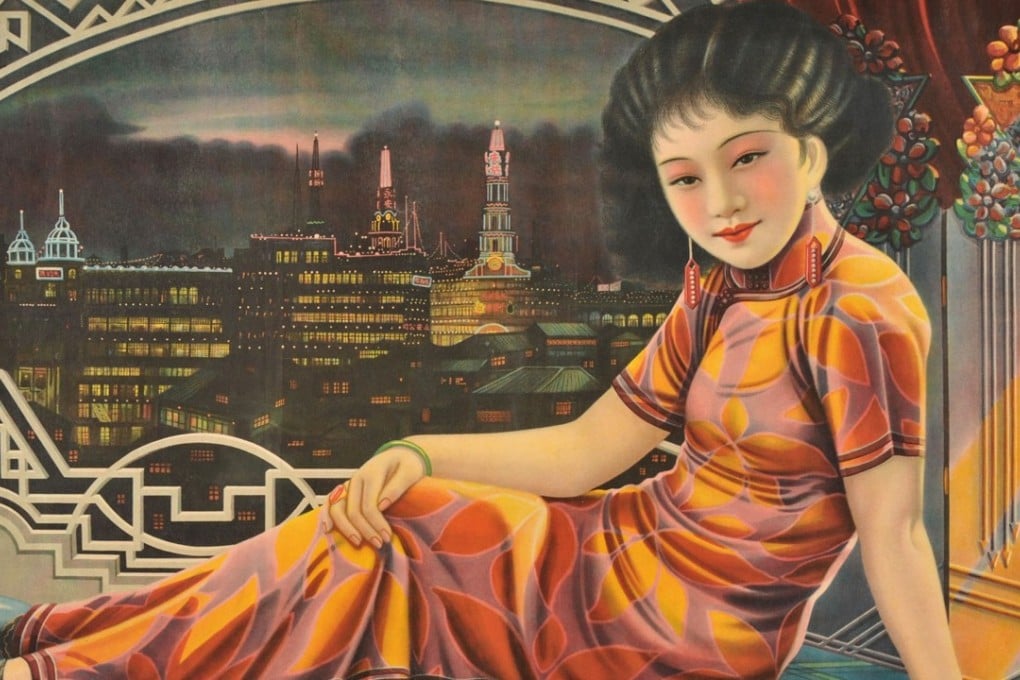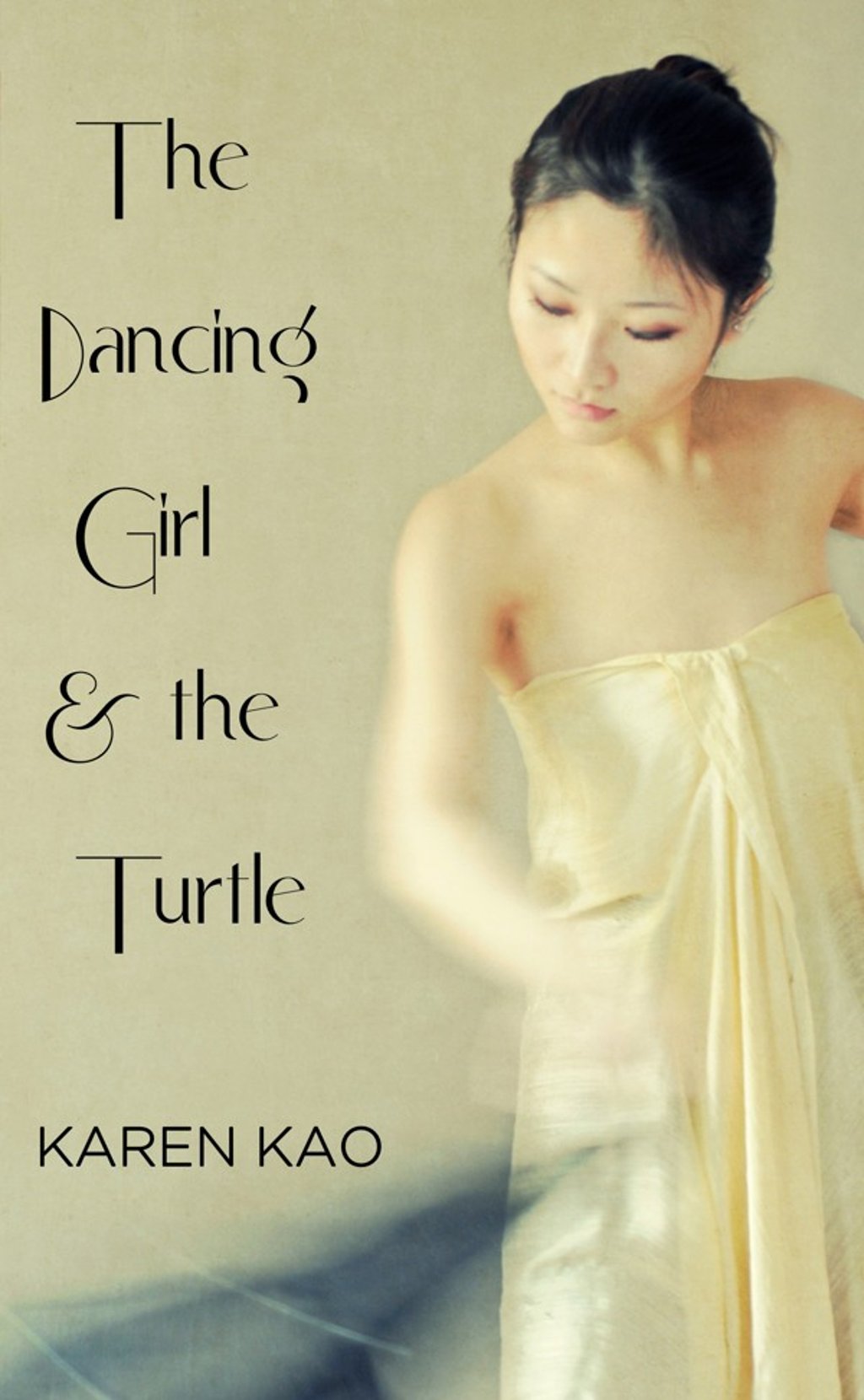Book review: The Dancing Girl & the Turtle makes Fifty Shades of Grey look like light bondage with its tale of Chinese prostitution
Karen Kao’s debut novel about a beautiful girl from the countryside trying to make her way in 1930s Shanghai stands apart from similar efforts with its disturbing twists, shocking violence and great ending


The Dancing Girl & the Turtle
by Karen Kao
Linen Press
4/5 stars
Hookers with hearts of gold have undeniable appeal as characters. They are sensual and risqué, while also sympathetic and socially poignant. Unfortunately, they have also become as stereotypical as the girl bound to the railroad tracks in old Hollywood films. The challenge for any emerging author is to make something new of this old story.
Karen Kao does just that, with her debut novel The Dancing Girl & the Turtle an impressive entry in a long line of exotic, erotic novels starring Chinese prostitutes – from The World of Suzie Wong in 1957 to Lotus in 2017.